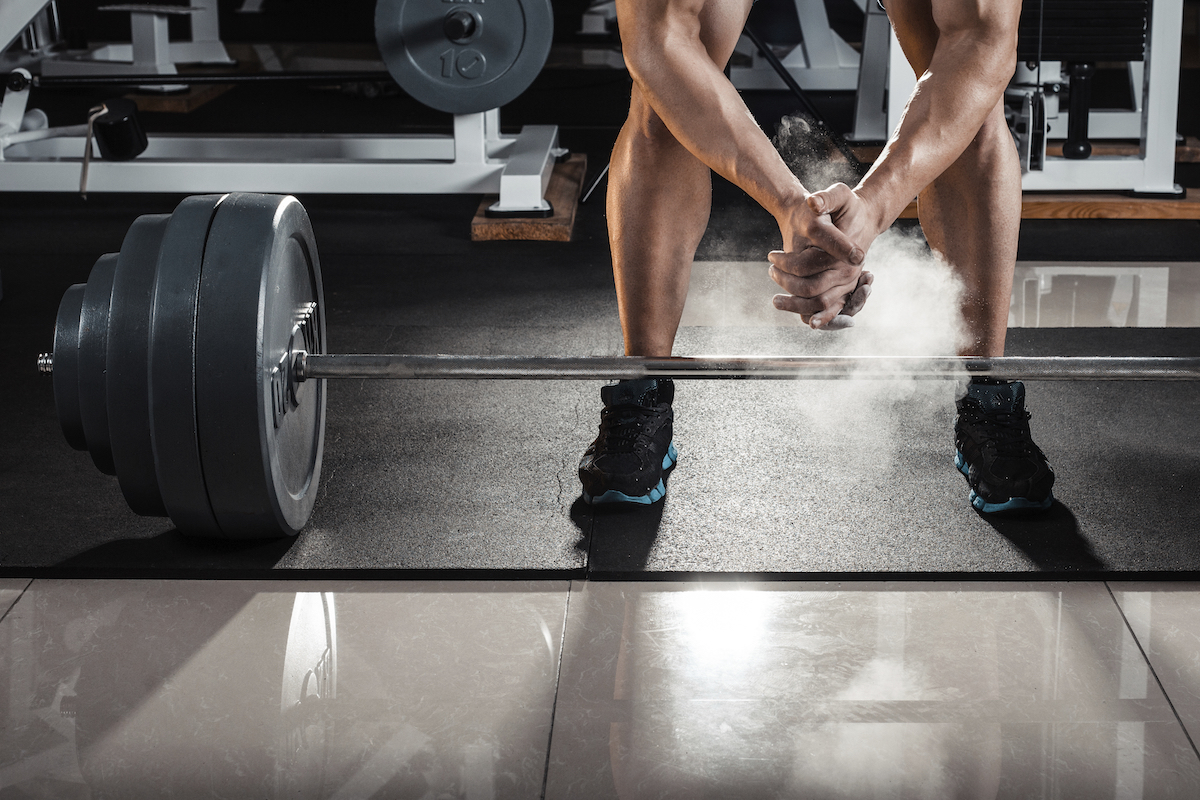The contribution of strength to sprinting (both acceleration and maximum velocity) is difficult to pin down in the literature. While it sounds logical that strength is important for speed (more strength equals more force against the ground), the results in studies that look at this have been inconsistent. Comfort et al (2012) did a smart study looking at this using rugby athletes. In their literature review, they point out that many of the studies finding the strongest relationship between strength and speed use the squat to measure strength (as opposed to isokinetics or machine squats).
One of the things that has been overlooked in studies on strength and speed is that if there is a relationship between the two, then increasing strength should have an impact on speed. This is the crux of the Comfort et al study. In this study, they studied the impact of an 8-week, periodized strength training program on 19 professional rugby athletes. The training consisted of two days/week of lower body strength training. The first four weeks were focused on maximal strength (basic strength exercises, 2-4 sets of 2-6 reps at 85-90% of 1-RM) and four weeks of power training (hang power cleans, squat jumps, squats, etc. for 2-4 sets of 2-6 reps at 85% of 1-RM).
The subjects began the study able to back squat almost 180% of body weight and ended it being able to squat 205% of body weight, so the training protocol was effective at increasing squat strength. The athletes were also tested on their 20 meter sprint time (with time to 5 meters, time to 10 meters, and time to 20 meters being recorded). The athletes improved their 5 meter sprint time by almost 8%, their 10 meter sprint time by 7%, and their 20 meter sprint time by almost 6%.
This study shows that eight weeks of training increases strength and it also has a strong improvement in sprint time. 6-8% for eight weeks of training, at the professional level, is a great improvement in speed especially when the authors don’t describe any speed training workouts (the athletes did a plyometric and an agility training session). This study is also in line with other studies that show a large increase in squat strength is necessary for a disproportionate improvement in speed (an 18% increase in squat strength led to a 6-8% improvement in speed).
From the article, we don’t know the nature of the plyometric and agility training. It’s possible that 5, 10, and 20 meter sprints were covered in those workouts. For example, a session of 20 meter bounds would be a plyometric workout but would also be fairly specific to sprinting. Also a number of agility drills cover straight line distances of 5-20 meters. So these could influence the results. Given this, it’s unlikely that the increase in squat strength alone is responsible for the improvements in speed, but it’s also probably fair to say that the increase in squat strength is helping. It’s unclear from an 8-week study if this is something that would diminish over time (i.e. perhaps there is a threshold level of strength that is necessary, once that is achieved we get diminishing returns or no returns on speed).
Comfort, P., Haigh, A., and Matthews, M.J. (2012). Are changes in maximal squat strength during preseason training reflected in changes in sprint performance in rugby league players? Journal of Strength and Conditioning Research, 26(3), 772-776.


